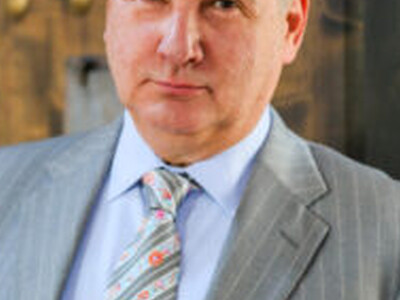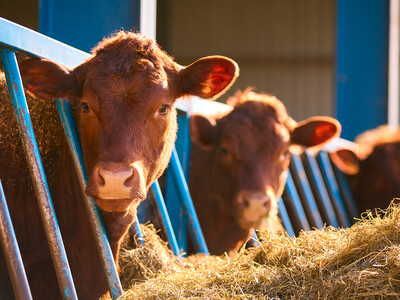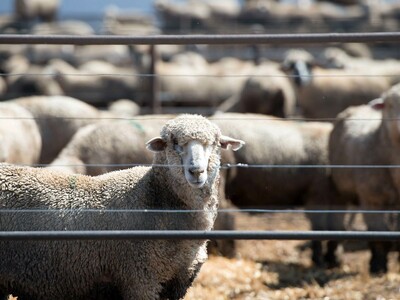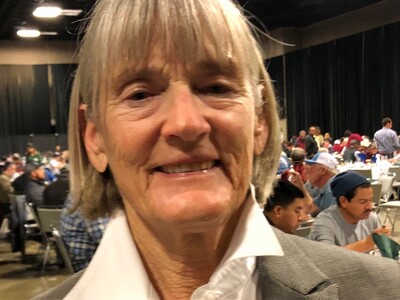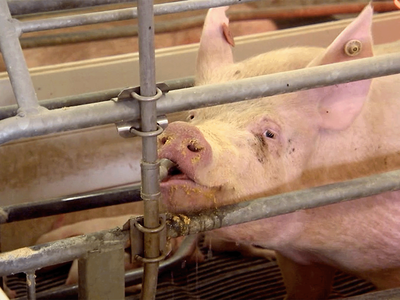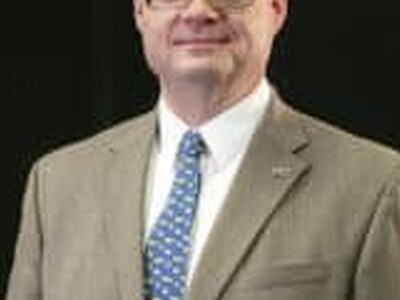Solar Technician Training
Solar Technician Training. I’m Greg Martin as Line On Agriculture presents the Harvest Clean Energy Report.
Mike Durst is the director of the astronomy observatory at Columbia Basin College in Pasco, Washington. So what is a guy that spends his evenings teaching people about the night sky doing talking about solar energy?
DURST: I ran into a gentleman by the name of Ray Lam about a year ago because I was just curious about some solar energy installation. I could tell immediately from what he was trying to do to market that these technologies were were both different and they seemed to be a little bit more price effective. As we talked about it I just kind of casually on the side asked him what does it cost to install one of these on a normal home and he said $1500 bucks. And I said, can you teach students to install that and he got a great big grin on his face and he said I’d love to.
That was the beginning of the course called solar hot water technology.
DURST: We started out planning on doing it as a non-credit class and we realized it had so much worth and good value to it that we made it actually a three credit class that counts towards a degree. And it teaches the student the basics on how solar hot water technology systems generate the hot water, what type of control systems are needed.
Durst says that the way the class is structured is unique in that it requires the student to be involved in the installation of a solar hot water system.
DURST: They literally finish the class by getting paid to install equipment on a home or a business and that’s pretty exciting. We don’t have very many classes on campus where students get paid actually for getting credits. And what’s really exciting is when the kids come out they immediately have a practical skill that can be applied. And so we started putting together a structure to a four year degree in what we call sustainable energy
The second class just got underway last month and interest has been growing.
DURST: It’s an accelerated format so that - typically a quarter class for us runs 12-13 weeks, this runs only 5 weeks. It meets every Monday and Wednesday night from 5:30 to 7 and then on Saturday the lab is from 9-12 where they learn how to put the equipment together and install it and then they have a practical install at the end.
For additional information on clean energy, visit harvestcleanenergy.org. That’s today’s Line On Agriculture. I’m Greg Martin on the Ag Information Network.




